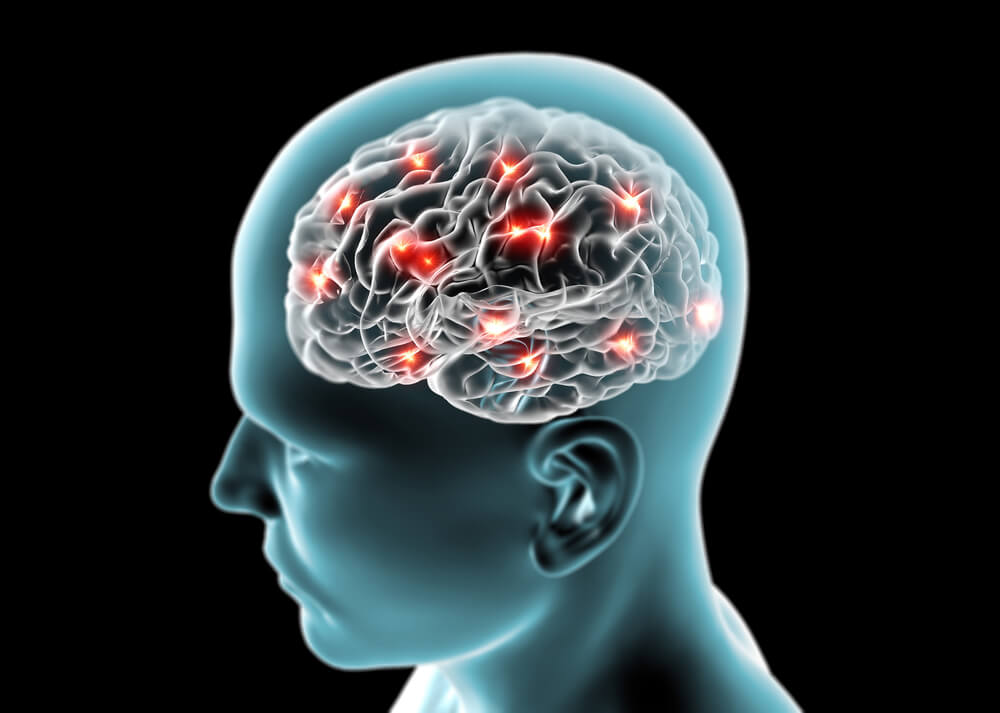Stimoceiver was one of the most controversial neuroscientific experiments in history, but also one of the most fascinating, it is about implanting a device in the brain to control behavior, invented by the Spanish scientist José Manuel Rodríguez Delgado.
In very simple terms, this device was used to remotely guide the behavior of biological organisms, it is like a remote control that, when activated, causes electrical stimuli in certain areas of the brain and causes an animal or human to act in a certain way. .
- The inventor of the stimulator.
- José Manuel Rodríguez Delgado.
- Was heavily criticized.
- Although his goal is to promote understanding of the brain and open a pathway to rehabilitate certain brain functions.
- The hypothesis was raised that what he really wanted was to produce a device.
- Manipulate the mind and direct or condition behavior.
“What you see and what you read is not what’s really happening” – Donald J. Trump-
After inventing the stimuloceiver, Dr. Rodríguez Delgado did an experiment that earned him worldwide fame, this happened in May 1965, in Córdoba (Spain). Rodriguez chose a very special scenario to test his device: an arena.
It was a small ring and there was only a dozen witnesses, for the experiment with the stimoceiver a bull named Lucero was chosen, it is said that several bullfighters began to care for the animal, while the scientist waited behind a ditch.
At one point, the doctor came out very well dressed, wearing a shirt and tie, in his hands he was only holding a remote control, gradually approaching Lucero, who upon seeing him invested in fury.
When he was close enough, the scientist activated his remote control, then there was an electric shock to Lucero’s brain and he abandoned the attack.
On May 23 of the following year, Dr. José Manuel Rodríguez Delgado appeared on the cover of The New York Times and everyone knew there was a way to control the brain.
Dr. José Manuel Rodríguez has been an intern at Yale University since 1946, in 1950 he joined the university’s physiology department at the invitation of renowned scientist John Fulton and a decade later was already testing his stimoceiver.
The first experiments were done with cats and then with monkeys, Rodriguez would have turned them into toys that would do whatever he wanted, then it was time to do the big public test in the sands of Cordoba, with that in place, they have all witnessed incredible advancement.
Delgado demonstrated that it was possible to produce direct radiostimulation in the brain, especially in the areas of the amygdala and hippocampus, for this purpose, a small radio transmitter has been implanted in the brain that can be controlled remotely, which is both simple and complex.
The first time Dr. Rodríguez Delgado spoke about the possibility of controlling behavior was in the late 1940s, he later had the opportunity to travel to Bermuda, specifically to a place called Hall Island.
Is that where you managed to insert little ones? Stimulators or stimoceivers in the brain of a whole group of gibbon monkeys. Shortly the next he managed to control the behavior of these animals, to the point that several of them rebelled against the “alpha males”, which would be unthinkable naturally.
Starting in 1952, he conducted experiments with man, your guinea pigs?They were mostly mentally ill at the hospital in Rhode Island, Massachusetts. According to Dr. Rodriguez, he only used patients for whom science could no longer do.
Most of the results of experiments with the stimuloceiver were recorded in the book “Physical Control of the Mind”, published by Dr. Rodríguez Delgado in 1969. It registers 25 implants in humans, most in people with schizophrenia or epilepsy.
He said radio transmitters could stay in the brain for life and has also managed to generate multiple states and emotions, such as joy, deep concentration or extreme relaxation.
He was accused of being part of a CIA program to control the human mind, but it was never entirely clear whether this was true or not.
The reality is that the stimuloceiver acted as a precursor to other devices that are currently being tested to improve conditions in diseases such as Parkinson’s disease and obsessive-compulsive disorder (ODO).

